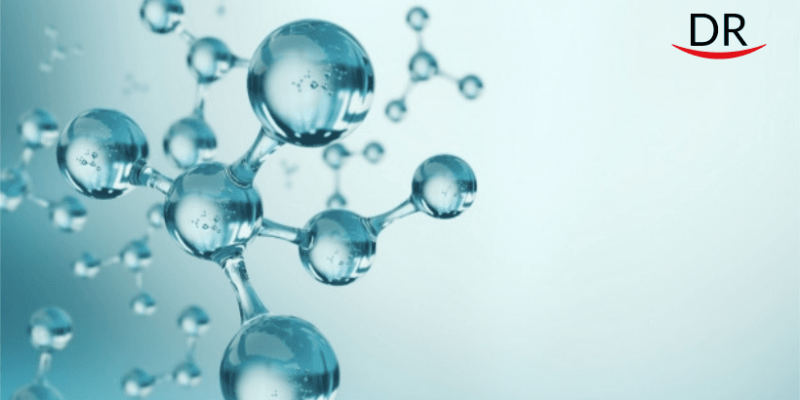
Dr Rumpa Wig maintains 2 private practices in Bhopal, India and focuses mainly on Aesthetic, Restorative, Adhesive and Minimally-Invasive Microscopic dentistry. She is a Guest Faculty at New York University and Hong Kong University, and a Clinical Education Consultant for Pulpdent. Besides dentistry, she is a graduate in North Indian Classical Vocal music. She is a coveted speaker at the upcoming DRDCA 202 International.
1. ACTIVA and bonding agents
a) Which bonding agent should I use with ACTIVA?
Whichever you are comfortable with.
b) How can ACTIVA BioACTIVE bring about apatite formation through a bonding agent?
Bonding agents are permeable and allow the exchange and diffusion of ions.

2. How deep can ACTIVA BioACTIVE cure?
As ACTIVA is a dual cure material, it also will cure chemically, no matter how deep the restoration. If we talk only about the photocuring, ACTIVA has a 4 mm curing depth.
3. Is ACTIVA a bulk fill material?
ACTIVA is indicated for bulk filling, being a dual cure material. But it works great if we choose to use layering technique for our restorations.
4. What are the clinical indications for ACTIVA?
ACTIVA is a very versatile material. It can be used in any of the following situations :
- Posterior Restorations

- Anterior Restorations
- Class l, ll, lll, lV, V

- Base/Liner
- Failing Crowns

- Direct Multi-Unit Restorations with Prefabricated Matrix
- Bulk Fill
- Core Build-ups
- Strip Crowns
- Multiple restorations at a time

- Pediatric Restoration
- Cervical erosion

- Veneers

- Smile makeovers

5. How to use ACTIVA clinically : steps ?
Step 1

- Remove infected dentin.
- Apply pulp protection, if indicated.
- The enamel margins should be bevelled and rounded for a better marginal seal.
Step 2

- Etch 10-15 seconds
- Rinse and dry, but do not desiccate the tooth.
- Total etch dentin & enamel for 10-15 seconds
- Selective etch enamel for 15 seconds
Step 3

- Apply bonding agent.
- This eliminates variables related to cavity preparation, retention form, sensitivity, and wet vs. dry surfaces.
Step 4

- Place the dispenser needle mix tip against the floor of the cavity.
- Flow ACTIVA ahead of tip.
Step 5

- Place a thin insulating layer of ACTIVA, massage into dentin for 20 seconds
- Light cure before bulk filling.
- This mitigates polymerization stress and exothermic reaction.
Step 6

- Keep tip submerged in the material at all times to avoid air bubbles.
- Maintain contact with the floor.
Step 7

- Fill up the cavity
Step 8

- Allow ACTIVA to self-cure at least 20-30 seconds before light curing.
- Set curing light to the 20-second low-intensity setting to reduce heat and sensitivity.
- Self-cure setting time is 2-3 minutes.
- Before removing the matrix bands, light cure the material or allow it to self- cure for 3 minutes. If allowing ACTIVA to self- cure, covering ACTIVA with an oxygen barrier, such as glycerin, will eliminate the O2 layer.
Step 9

- Adjust occlusion, finish and polish.
In case of queries, please feel free to reach out to me at :-
Dr Rumpa Wig
Clinical Education Consultant, PULPDENT toothtalkds@gmail.com / WhatsApp: +91 9993 106 165




















Comments